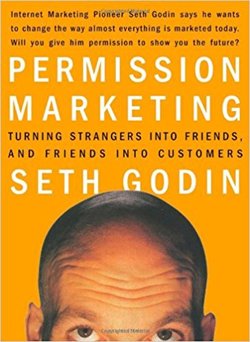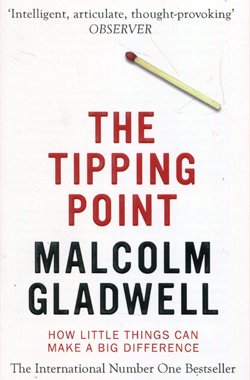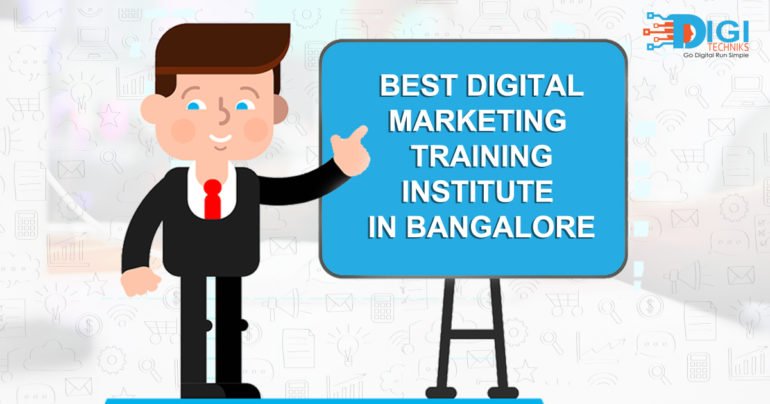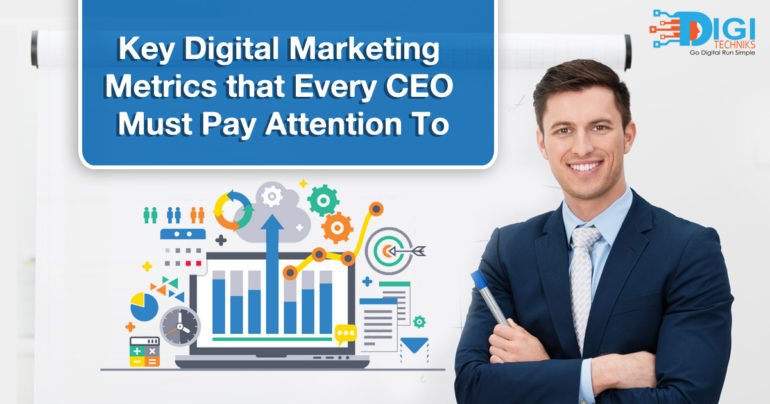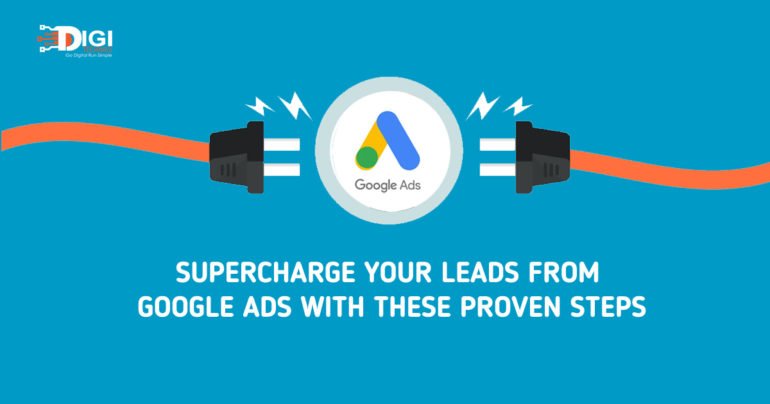
Supercharge Your Leads from Google Ads With These Simple Steps
Nearly every business owner these days knows the power of Google in growing business and sales. But only a few know how to really leverage it to generate leads and traffic. Especially when it comes to Google Ads, most businesses find it hard to tap into its amazing potential. In a survey of 600+ small businesses, 40% of them didn’t find any new leads through Google Ads, while 33% landed very few leads. Does that make Google Ads sound like a strategy that’s not worth a try?
Consider this: 80% of global internet users are reached by Google Ads campaigns. And, a staggering 97% of mobile search spend comes from Google Ads. These are some reasons why ignoring paid search on Google is not a very smart move.
Plus, given the simple fact that today almost every purchase involves a Google search, acing the paid search game could put you miles ahead of your competitors. Particularly because, if done well, your ads have high chances of showing up on the coveted first page of search results.
But how to make sure your campaigns are successful and fetch you the desired results? Here are some steps to follow.
Step 1: Customer Acquisition Formula
Before jumping into an AdWords campaign it is important to do some background research about your customer and understand how you can make them a part of your sales funnel.
a) Finding the Ideal Customer
Finding your ideal customer will help you to set the right target and built a database. You can offer various free products and services like free E-books, free Webinars, and reports on the industry trends to achieve your aim. Make sure you always ask for their email and phone number in exchange for these offers and services.
b) Nurture Your Leads
Once you get the email and phone numbers from visitors, it is time to provide them with valuable content in order to make them a part of your sales channel. You can do this by sending them a brief description of your product or service, blog updates, success stories and customer testimonials.
c) Tripwire
Now, it is time to invest and engage with your customer by providing them with a tripwire or irresistible offer which they cannot reject. Make sure this is only a bait to include them into the main sales funnel and should be provided only at a nominal cost. Usually, 30% of people who buy your tripwires are likely to buy your real products.
d) Selling the Real Product/Service
Once you successfully persuade your leads to buy a tripwire, it is easy for you to make them buy the main product or service like an annual subscription offer.
e) Maximize Your Profits
In order to retain your customers you can use both upscale and downscale strategy to achieve high-profit margins. For example, you can sell accessories for a new electronic gadget or offer a discount to customers who have already bought your products once.
f) Turn your customers into loyal customer
Having loyal customers is the best thing that a company can ask for. In order to maintain a loyal customer base, it is important that you maintain an active communication channel with your customers through SMS, or by retargeting ads on Facebook and Google. Try to keep a database of their birthdays and anniversaries and shoot them a mail along with an exclusive offer for their special day.
Initially, it may seem like a lot of work but the effort is really worth both the time and money, given the fact there are so many companies who are targeting the same customers for their products and services every day.
Step 2: Create a High Converting Landing Page
The average attention span of a user has come down to a few seconds and if they fail to find relevant information in regards to their search queries, chances are high they will quit. You can use the Page Speed tool from Google to estimate how well the landing page is set up. Aim for a score above 70 for more ROI.
Step 3: Do Competitor Analysis
Most of the time business tends to assume that their online competitors are similar to their offline competitors. However, that is not the case. In order to understand your competitors, analyze the data regarding how many times their ads were placed higher than your ads on the search page. Analyze the nature of competition you are facing. Do you’re your research to ensure that your stay ahead in the league.
Step 4: Keyword Research and Forecasting
Keyword research can help you to estimate the budget of your PPC campaign. The average CPC in AdWords varies considerably and keyword research can help you to estimate what your clicks might cost. Additionally, comprehensive keyword research can help you to find relevant keywords that have good search volume and are most likely to meet your goads. Additionally, you can also use the Search Query Report to look up for search terms which users have actually used to trigger your ad.
Step 5: Write Killer Ad Content
Paid ads are all about finding the killer keywords which can propel your sales chart. However, your entire expenditure on your paid research would fall flat on the ground, if you fail to create interesting and relevant content for your customers. According to HubSpot 73% users on the internet feel irritated with irrelevant content. In order to maximise your ROI, don’t forget to pay to create relevant content for your target customers.
Step 6: Create Ad Account
If you are planning to manage your own PPC campaign, you can start by creating a Google Ad account. The process is very simple and can be even done over the phone. You can get a credit of Rs 2500 and 30 days of free Google support as a new customer.
Step 7: Campaign Optimization
Simply launching a PPC campaign is not enough to get sustained results. It is important to look into the job on a regular basis. You can optimize your campaign by eliminating negative keywords, testing Ad extension, shuffling keywords and by refining your keyword list to achieve your aim.
Are you still wondering whether Google ads would be right for your business? If yes, then you are not alone. Many people have similar questions and you can find some comfort in the fact that 3.5 million businesses generated $281 billion in revenue from Google’s search and advertising tools. Advertising on Google can be extremely beneficial for your company provided you have the right strategy. But it can be tricky to handle it all on your own. And that’s exactly why partnering with a digital marketing agency with the right expertise like ours can make a world of difference!
Here are two case studies that will demonstrate the value that we’ve been able to generate for our clients.
Case Study 1
Few months ago, a company selling Ayurvedic supplements for diabetes contacted us to help them with online advertising as the previous agency failed to give them enough sales.
They managed to get 120 sales a month, which meant they could reach around 1500 sales a year. They were already in the market for some years but were struggling to make an impact.
After speaking with one of our marketing consultants, we decided to carry out search campaigns, shopping campaigns for selling the product and display ads to generate leads. And, here’s we helped the company generate in the last one year.
- 98947033 impressions
- 911591 clicks
- 4000+ Sales
- 39000+ leads (700 sales through e-mail nurturing)
- Increase in sales in one year close to 400%
Case Study 2
Let’s look at another case study in a completely different industry.
A reputed International School in Bangalore who were never into digital marketing contacted us, as they wanted to have an online presence. Prior to contacting us, they advertised primarily in newspapers and trade shows. While this worked, they wanted to do more to acquire customers.
So they got in touch with us. And what did we do? We showed them the gold.
There were thousands of people in the market who wanted to admit their kids in good reputed schools. So the demand was high but the competition was equally high. The client left it in our advertising specialist’s hands to develop the most effective campaign for them.
Here’s the result we generated for them for a total ad spend of Rs 20 lac:
- 106678 impressions
- 76659 clicks
- 3180 leads
- 630 cost-per-lead
Out of 3180 leads, they managed to convert 1200 into sales.
They charged Rs 80000 for each admission, and through each admission, they obtained a profit of Rs 30000.
So 30000 X 1200 = Rs 36000000.
Therefore, the company made Rs 3.6 crores by spending Rs. 20 lacs only.




